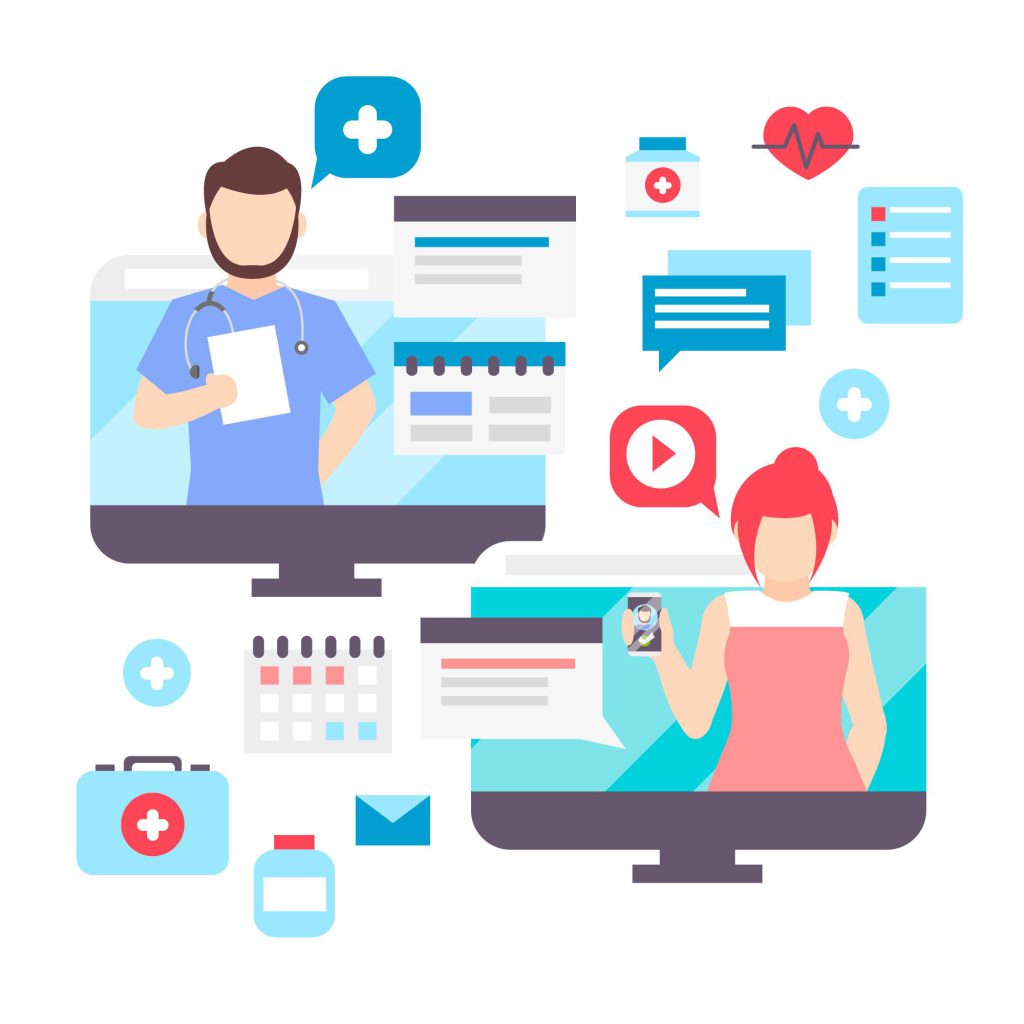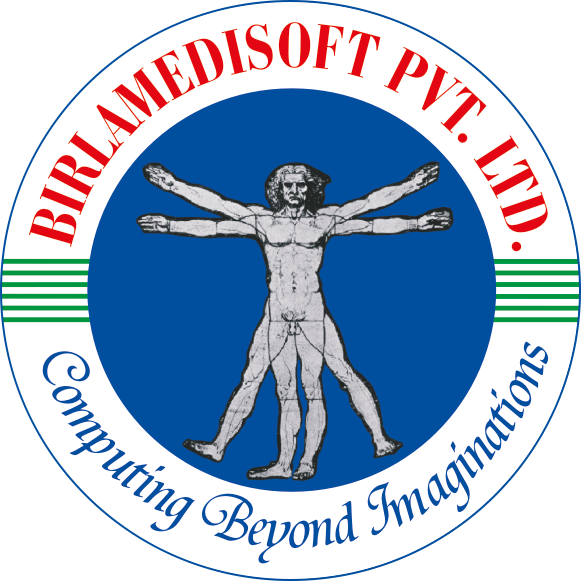

Modern hospital management software should contain a comprehensive set of features and functionalities to support various aspects of hospital operations, improve patient care, streamline workflows, and enhance administrative efficiency. Here are some key components that modern hospital management software should typically include:
Patient Management: The software should have modules for patient registration, admission, and discharge processes. It should enable efficient appointment scheduling, track patient demographics, manage medical records, and facilitate smooth communication between healthcare providers and patients.
Electronic Health Records (EHR): The software should incorporate EHR functionality to store and manage comprehensive patient health records. It should allow easy access to patient information, including medical history, diagnoses, medications, test results, and treatment plans. EHRs should support interoperability and enable secure sharing of data with other healthcare providers.
Clinical Decision Support: The software should include clinical decision support tools to assist healthcare providers in making informed decisions. It should offer access to evidence-based guidelines, drug databases, diagnostic support, and alerts for allergies or potential drug interactions.
Pharmacy Management: The software should have features to manage pharmacy operations within the hospital, including inventory management, medication dispensing, prescription tracking, and billing. Integration with electronic prescribing systems and barcode scanning can enhance medication safety and efficiency.
Laboratory Management: A robust hospital management software should support laboratory management functions, such as sample tracking, test ordering, result reporting, quality control, and integration with laboratory information systems (LIS) or laboratory equipment.
Imaging and Radiology Management: The software should include modules to manage radiology and imaging services. It should handle image storage, retrieval, and reporting, as well as integrating with imaging modalities and picture archiving and communication systems (PACS).
Appointment Scheduling and Resource Management: The software should offer features for efficient appointment scheduling, including the availability of doctors, rooms, equipment, and other resources. It should enable real-time scheduling, rescheduling, and cancellation while optimizing resource utilization.
Billing and Revenue Cycle Management (RCM): The software should support billing processes, including patient billing, insurance claims management and revenue cycle management. It should integrate with insurance systems, provide accurate coding and documentation support, and streamline the billing and reimbursement workflows.
Reporting and Analytics: The software should have reporting and analytics capabilities to generate meaningful insights and key performance indicators (KPIs). It should provide dashboards, data visualization tools, and customizable reports to monitor hospital performance, patient outcomes, financial metrics, and quality indicators.
Security and Compliance: Modern hospital management system software should prioritize data security and compliance with privacy regulations. It should implement robust user authentication, access controls, data encryption, audit logs, and compliance with standards like HIPAA (Health Insurance Portability and Accountability Act).
These are some of the essential components that modern hospital management software should contain. The specific requirements may vary depending on the size, specialty, and needs of the hospital. Customization and integration capabilities are also important factors to consider when selecting the right software solution.


